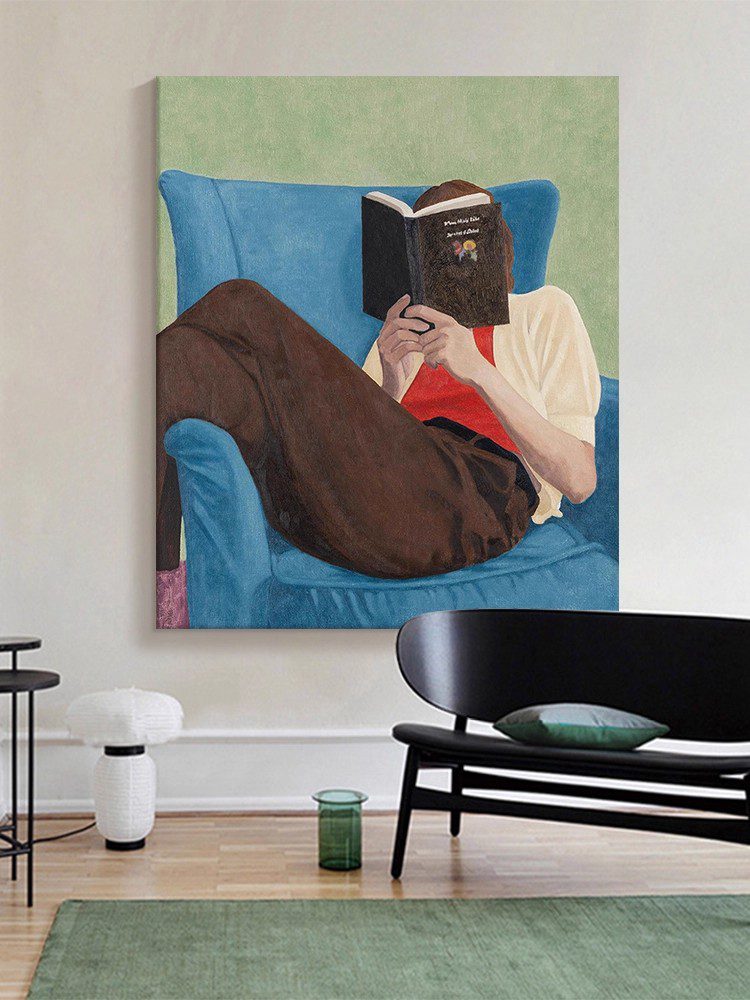Effective Methods for Children to Learn Hand-Painted Oil Art
Introducing children to hand-painted oil art can foster creativity, patience, and an appreciation for color and texture. Unlike quick-drying mediums like acrylics or watercolors, oil paints allow for blending and layering over time, offering a unique tactile experience. However, their slow drying nature and potential for mess require age-appropriate guidance. Below are structured approaches to help children explore oil painting safely and confidently.
Start with Simple, Engaging Projects
Children thrive when tasks feel achievable and fun, so begin with subjects that resonate with their interests. Animals, landscapes, or abstract patterns are excellent starting points, as they provide flexibility in interpretation. For example, painting a family pet using bold, exaggerated colors can make the process playful while teaching basic shape recognition. Encourage kids to observe real-life objects or images, noting how light and shadow create depth, but avoid overwhelming them with technical terms like “chiaroscuro” initially.
Break projects into manageable steps to maintain focus. On the first day, sketch the outline lightly with a pencil or thin brush. The next session might involve blocking in primary colors, followed by blending edges or adding details. This phased approach prevents frustration and allows time for paint to dry between layers, reducing accidental smudging. Use phrases like “Let’s paint the sky first, then the trees!” to create a clear roadmap.
Incorporate storytelling to deepen engagement. Ask children to invent a narrative behind their artwork, such as “What adventures might this rainbow-colored cat have?” This encourages imaginative thinking and makes the painting process more memorable. Display finished pieces prominently to reinforce pride in their accomplishments, whether on a fridge or a dedicated art wall.
Teach Color Theory Through Hands-On Exploration
Color mixing is a foundational skill in oil painting, and children can grasp it intuitively through experimentation. Provide a basic palette of red, yellow, and blue, along with white, and challenge them to create new hues. For instance, mixing red and yellow to make orange can be framed as a “magic trick,” sparking curiosity. Encourage recording their discoveries in a small notebook or on the back of the canvas to track combinations.
Introduce the concept of warm and cool colors by asking questions like, “Which colors make you think of sunshine? Which remind you of ice?” Use these groupings to guide their choices—warm tones for a sunset, cool ones for water. This helps children understand how color affects mood and perception without relying on abstract explanations.
Demonstrate how white lightens colors and black darkens them, but caution against overusing black, which can mute vibrancy. Instead, suggest mixing complementary colors (e.g., blue and orange) to create natural shadows. For example, adding a touch of blue to red makes a richer, more realistic shadow for an apple. Allow kids to test these ideas freely, even if the results are unconventional—mistakes are valuable learning tools.
Prioritize Safety and Proper Technique
Oil painting involves materials that require careful handling, especially around young children. Ensure the workspace is well-ventilated to disperse solvent fumes, and opt for odorless mineral spirits if possible. Teach kids to pour small amounts of solvent into a container rather than directly from the bottle, reducing spill risks. Emphasize that solvents are for cleaning brushes, not for touching skin or ingesting.
Show children how to hold brushes correctly to avoid strain and achieve better control. The “tripod grip” (pinching the brush between thumb and forefinger) works well for detailed work, while a looser grip suits broader strokes. Demonstrate loading paint onto the brush without overloading it, which can lead to drips. Let them practice on scrap paper or cardboard before moving to the canvas to build confidence.
Clean-up routines are equally important. Have children wipe excess paint from brushes with a cloth before rinsing them in solvent, then washing with soap and water. Explain that proper care extends the life of their tools and keeps the studio tidy. Assign simple tasks like organizing supplies or wiping tables to instill responsibility and make art sessions feel structured.
Encourage Creative Freedom Within Boundaries
While guidance is essential, children need room to express themselves uniquely. Avoid dictating every brushstroke or color choice; instead, offer gentle suggestions like, “What if we added stars to the sky?” or “How about making the flowers bigger?” This balances instruction with autonomy, helping kids develop their artistic voice. Praise effort over perfection, focusing on qualities like “I love how you mixed those colors!” rather than critiquing proportions.
Use prompts to spark ideas when creativity stalls. For example, ask, “If you could paint any place in the world, where would it be?” or “What sound would this painting make if it could talk?” These questions encourage children to think beyond visuals and infuse their work with personality. Resist the urge to “fix” their artwork—a lopsided tree or mismatched colors often hold more charm than a technically flawless piece.
Foster Patience Through Layered Techniques
Oil painting’s slow drying time teaches children the value of patience and planning. Explain that each layer must dry before adding the next, using simple analogies like, “It’s like waiting for glue to dry before sticking on glitter.” Set up a drying rack or flat surface where paintings can rest undisturbed, and mark dates on the back to track progress.
Introduce glazing—a technique where transparent layers of paint are applied over dry ones—to create luminosity. For example, painting a thin coat of blue over a yellow underlayer can produce a vibrant green. This method shows kids how buildup enhances depth and requires waiting between steps, reinforcing the idea that good art takes time.
By integrating these methods, children can enjoy the process of oil painting while building essential skills. The key is to keep lessons lighthearted, adaptive, and focused on exploration rather than rigid outcomes. With encouragement and the right tools, young artists will discover the joy of transforming blank canvases into vibrant stories.
